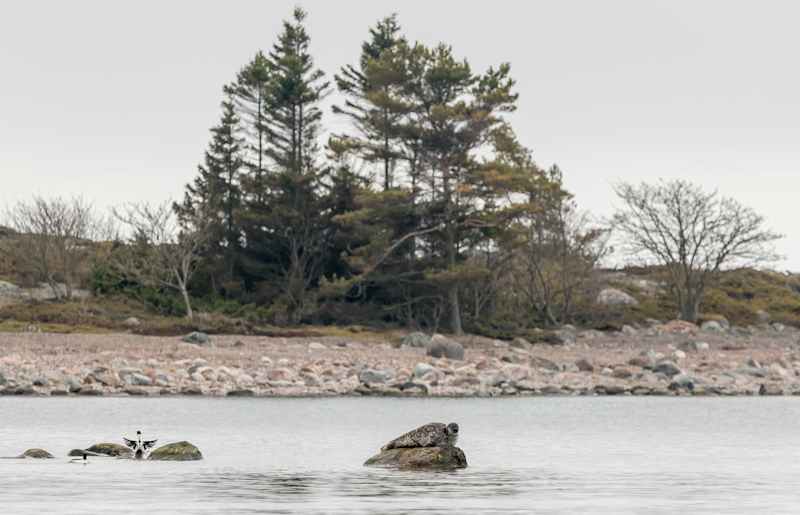
The Norpa Live offers a nature experience, but it also has a strong research purpose. The aim is to identify as many seal specimens as possible based on the pattern of their fur.
The environmental organisation WWF has again launched a popular service that allows you to follow live the life of the Baltic Sea seals in the Archipelago Sea.
The camera shows the stern where the eastern sea orcas gather in spring to molt. Up to dozens of red seals can lie in front of the camera. Last spring, the broadcast attracted around 700 000 views, according to WWF.
In the early 1900s, the Baltic seal was still the most abundant seal in the Baltic Sea. Due to hunting and environmental toxins, the Baltic seal population dwindled from 200,000 to around 5,000 individuals.
There are currently around 20,000 Baltic porpoises. In the Archipelago Sea, there are estimated to be around 200 – 300.
The aim is to identify norpas by the pattern of their fur
In addition to offering nature experiences, Norppalive also has an important research goal. The aim is to identify as many individuals as possible.

Like the Saimaa Norse, the Baltic Norse has an individual pattern in its fur, which remains the same throughout the Norse’s life. The curl pattern of the fur is like a hairy fingerprint, which can be used to distinguish individual ferrets from each other.
Photo identification of fur patterns, i.e. photo-ID, has already been used effectively in Saimaa roe deer research.
– Not all porpoises can be identified based on pictures, but with the help of the constantly accumulating material, we can hopefully refine the stock assessment of the Archipelago Sea area in the future, Laaksonlaita states in WWF’s press release.
According to WWF, new information about the Norse of the Southwest Archipelago can help target conservation efforts and keep the Baltic Sea Norse as part of the archipelago’s nature in the future as well.
The Baltic seal is a seal dependent on snow and ice. Its biggest threat is the same as that of the Saimaa norte, i.e. climate change.
– Nowhere in the world is there a permanent population of polecats in an area that does not freeze during the polecat breeding season. In practice, however, the Archipelago Sea is already such an area, states WWF program director Petteri Tolvanen.
